The Poble Espanyol was built in 1929 for the Barcelona International Exhibition as the pavilion dedicated to art. Right from the start, it was conceived as a real “village” in the heart of a city. The aim was to give an idea of what might be an “ideal model” of an Iberian village that would bring together all the characteristics of all peninsular villages.
It was built in thirteen months and, curiously, had an expiry date, as it was supposed to last the same time as the Universal Exhibition: six months. However, thanks to its success, the Poble Espanyol still stands to this day.
Map of The Poble Espanyol in Barcelona beside the mountain of Montjuïc
So The Poble Espanyol is nowadays an open air architectural museum in Barcelona, just a few meters away from the Magical Fountain of Montjuïc. It is one of the biggest attractions of the city in a quiet and peaceful environment.
This museum is a selection of full-scale replicas of 117 buildings from different parts of the Peninsula, with streets, squares, houses, parks, restaurants and artisan workshops.
Next I would like to show you some pictures of the buildings I liked the most of The Poble Espanyol:
The walls of Ávila are the entrance gate of The Poble Espanyol in Barcelona. It is made up of two 17-metre high cylindrical towers joined at the top to form a bridge from which the entrance gate was defended
Casa del Sol (Sol House) in the town of Cáceres, whose old town is World Heritage by UNESCO, near the entrance to The Poble Espanyol in Barcelona
Casa de Encomienda and Casa Consistorial in the town of Teruel beside the Plaza Mayor (Main Square) of The Poble Espanyol in Barcelona
Town hall of Sangüesa in Navarra called Las Arcadas because it has four arches
Ayuntamiento de Valderrobres (City Hall of Valderrobres) beside the Plaza Mayor in The Poble Espanyol
Ayuntamiento de Valderrobres y Casa de los Moreno (Segovia) in one of the corners of the Plaza Mayor of The Poble Espanyol
Ayuntamiento de Valderrobres and, on the right, a typical building of the village of Caldas de Reyes in Galicia
Gradas de Santiago (staircase of the Cathedral of Santiago de Compostela) with the Carmelitas church in Teruel behind
Utebo Tower is a Moorish tower in The Poble Espanyol
This bell tower is one of the best examples of the Aragonese Mudejar style, combined with elements of Gothic architecture
Plaza Peñaflor (Peñaflor Square) where Calle Cuna begins is typical of an Andalusian White Village
A whitened house next to an Arab influenced arc that leads up to the street called Calle de Los Arcos in The Poble Espanyol
It is characteristic of many streets in Andalusia, with whitened houses with large grilles and crossed by arches joining the buildings and forming screens to protect them from the sun
The Romanic Monastery of Sant Miquel is made up of elements from different monasteries of Catalonia. As often happens in such cases, it is located outside the urban centre in a quiet place, surrounded by trees and with a great view of the city of Barcelona.
Romanesque cloister of The Monastery of Sant Miquel in The Poble Espanyol
The cloister of The Monastery of Sant Miquel is a replica of the cloister of Sant Benet de Bages, a Benedictine monastery founded in the X century

Caballeros Street leads to the exit of The Poble Espanyol
Casa del Marqués de Santillana, en Santillana del Mar, in Caballeros Street of The Poble Espanyol
Caballeros Street near the entrance to the Poble Espanyol in Barcelona
Casa Ramos in Vinuesa, a village of Soria
Ayuntamiento de Graus, a village of Huesca, in Plaza Mayor of The Poble Espanyol
What I like the most of Pueblo Espanyol is that is an open-air museum and is quite pleasant to visit it on a sunny day. It also gives an idea of some typical elements of Spanish villages: walls, palaces, arcaded squares, Moorish churches, Romanesque monasteries or houses and streets of the Andalusian White Villages.
Next you have links of some of the most beautiful places of Barcelona. Most of them are located in four areas: Modernism Route, Gothic Quarter (and Old City), Montjuïc and Barcelona Seafront. Cliking on the links below you will get more and information and pictures.
- Modernism Route
- Sagrada Familia
- Park Güell
- Casa Milà (La Pedrera)
- Casa Batlló
- Palau Güell
- Hospital de Sant Pau i la Santa Creu
- Palau de la Música Catalana
- Casa Calvet
- Torre Bellesguard
- Col·legi de les Teresianes
- Pabellons Güell
- La Boqueria
- Born, Gothic Quarter and Old City
- Santa Maria del Mar
- Santa Maria del Pi
- Plaça del Rei
- Cathedral of Barcelona
- Church of Sant Just i Pastor
- Sant Felip Neri
- Call Jueu (Jewish Quater)
- Plaça Reial
- La Rambla
- Carrer Petritxol (Petritxol Street)
- El Raval
- Born and La Ribera
- Church of Sant Pere de les Puelles
- Ciutadella Park
- Roman City
- Montjuïc
- Palau Nacional de Catalunya (MNAC)
- Montjuïc Castle
- Olympic Stadium
- Joan Maragall Gardens
- Magic Fountain
- Refugi 307 (Shelter number 307)
- Viewpoints
- Barcelona Marina and Beach
- Outside the city centre
- FCBarcelona Stadium (Nou Camp)
- Vila de Gràcia
- Pedralbes Monastery
- Tibidabo
- Oreneta Park in Sarrià
- Sant Pere Màrtir in Collserola
- Pantà de Vallvidrera in Collserola
- Carretera de les Aigües in Collserola
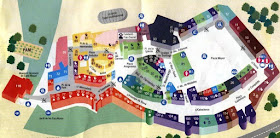
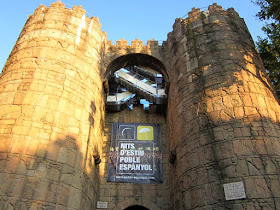


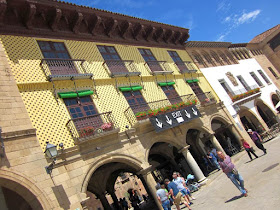

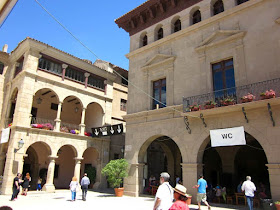





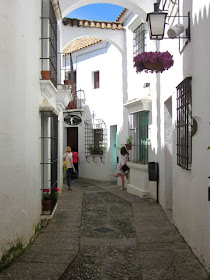
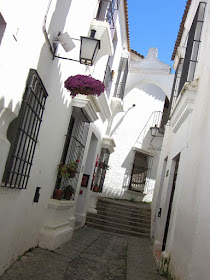
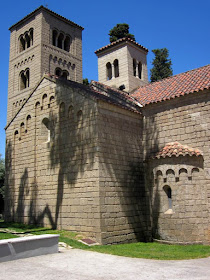
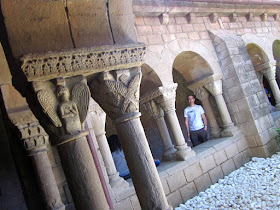
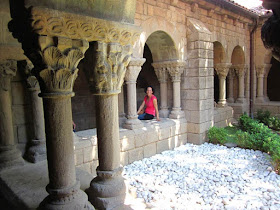
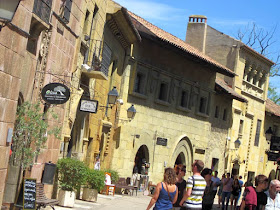

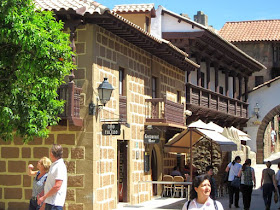
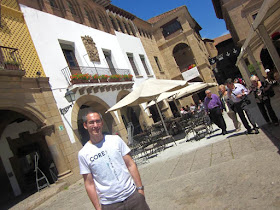
No hay comentarios:
Publicar un comentario